[ This is part 2 of a series. Read part 1 here. ]
Amidst the foreboding context of a declining West and a rising China, the Australian Defence Force is historically weak and shows little sign of changing course.
The ADF is beset by a threefold disease of absent strategic direction, long-term funding inadequacy, and horrendous decision-making.
Already a subscriber? Log in
Subscribe for just $2 a week
Try a month of The Spectator Australia absolutely free and without commitment. Not only that but – if you choose to continue – you’ll pay just $2 a week for your first year.
- Unlimited access to spectator.com.au and app
- The weekly edition on the Spectator Australia app
- Spectator podcasts and newsletters
- Full access to spectator.co.uk
Or

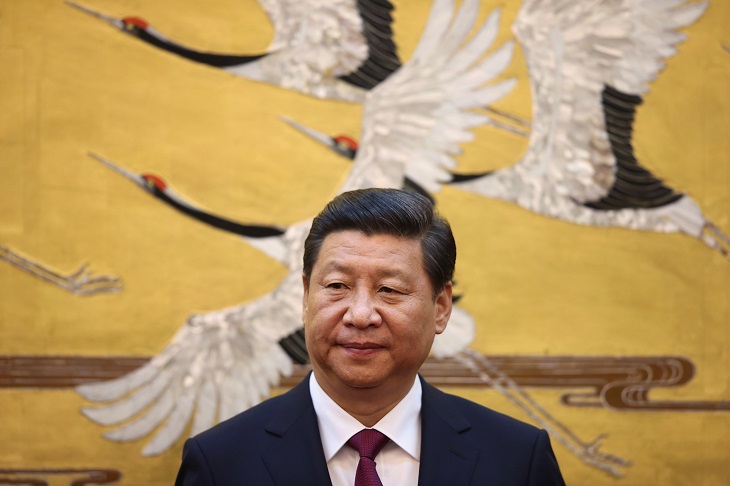
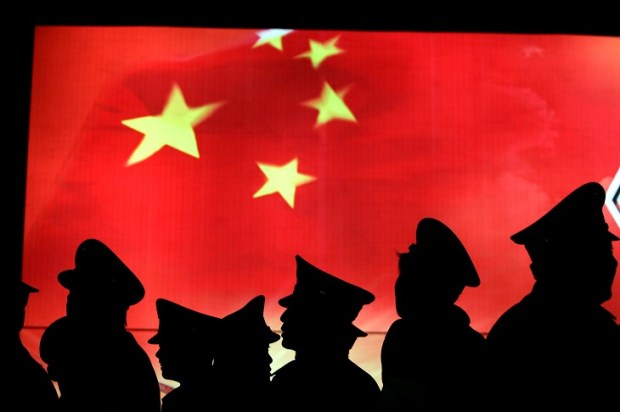
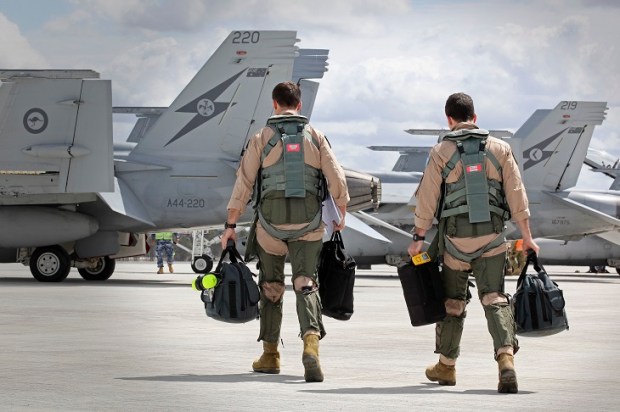
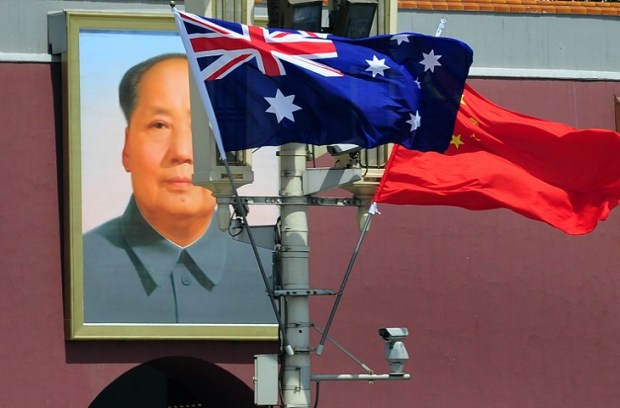
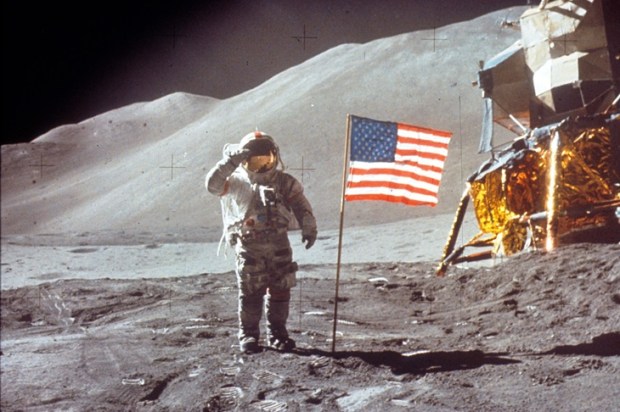




















Comments
Don't miss out
Join the conversation with other Spectator Australia readers. Subscribe to leave a comment.
SUBSCRIBEAlready a subscriber? Log in